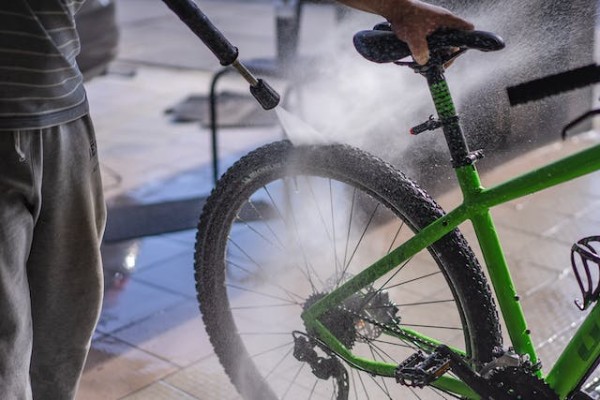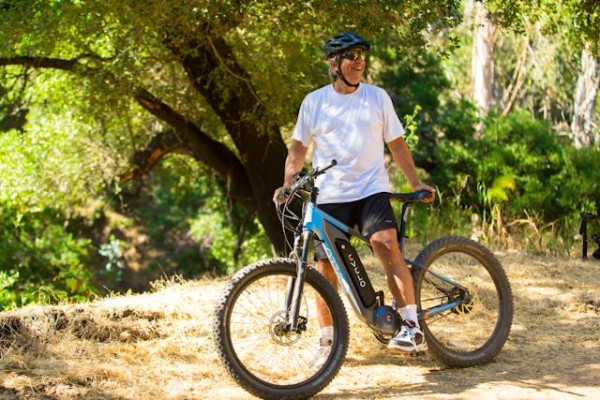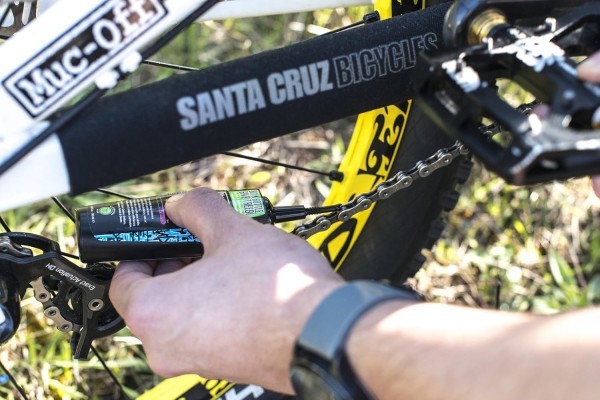If your bike is as dirty as a muddy trail after a rainstorm, it’s time to give it a good cleaning. This step-by-step guide will show you how to bring your bike back to its shiny and smooth glory. By following these easy instructions, you’ll be able to tackle the task with confidence. So, grab your bike, and let’s get started!

1. Gather the Necessary Supplies
To begin cleaning your bike, you’ll first need to gather the necessary supplies. Having the right tools and products on hand will make the cleaning process much easier and more effective.
Start by gathering a bucket, sponge, or brush, and a hose or water source. These will be used for the initial rinsing and washing of your bike. Additionally, you’ll need a bike-specific cleaning solution or mild soap to remove dirt and grime. A degreaser will come in handy for cleaning the drivetrain and removing stubborn grease.
Don’t forget to have a few clean microfiber towels or cloths for drying and polishing your bike. Lastly, having a lubricant for the chain and other moving parts will ensure smooth operation after cleaning.
2. Preparing Your Bike for Cleaning
Get your bike ready for cleaning by removing any accessories and securing it in a stable position. Start by taking off any removable accessories such as lights, water bottle holders, or bike computers. These can get in the way during the cleaning process and may even get damaged.
Once all the accessories are removed, find a stable place to secure your bike. This can be a bike stand, a wall mount, or simply leaning it against a wall. Ensuring that your bike is stable is important to prevent it from falling or moving around while you clean it.
3. Cleaning the Frame and Components
Remove any dirt and grime from the frame and components of your bike to keep it looking and performing its best. Here’s a step-by-step guide on how to clean the frame and components of your bike:
- Start by rinsing the frame and components with water to remove loose dirt and debris.
- Use a mild detergent or bike-specific cleaner to clean the frame. Scrub gently with a soft brush or sponge to remove stubborn dirt.
- Pay special attention to the drivetrain components, such as the chain, cassette, and derailleurs. Use a degreaser and a brush to remove built-up grease and grime.
- Rinse off the soap and degreaser with clean water, making sure to remove all traces of cleaning products.
Remember to dry the bike thoroughly after cleaning to prevent rust and corrosion.
4. Cleaning the Drivetrain
Clean the drivetrain of your bike by following these steps.
- Start by shifting the chain onto the smallest chainring and smallest rear cog. This will create slack in the chain, making it easier to clean.
- Use a degreaser and a brush to scrub the chain, chainrings, and cassette. Pay attention to the teeth and remove any buildup of dirt and grime.
- Rinse with water and dry thoroughly.
- Next, apply a lubricant specifically designed for bike chains.
- Use a cloth to remove any excess lubricant.
- Finally, shift through all the gears to ensure smooth shifting.
Cleaning the drivetrain regularly won’t only improve performance but also extend the lifespan of your bike’s components.
5. Finishing Touches and Maintenance Tips
To ensure your bike remains in optimal condition, it’s essential to implement some finishing touches and follow maintenance tips. Here are four important steps to take:
- Lubricate the chain: Apply a thin layer of bike-specific lubricant to the chain, ensuring it’s evenly distributed. This will reduce friction and prevent rust.
- Inflate the tires: Check the recommended tire pressure and use a floor pump or a hand pump to fill the tires to the correct PSI. Proper tire pressure improves performance and prevents flats.
- Check the brakes: Inspect the brake pads for wear and replace if necessary. Adjust the brake calipers to ensure they properly engage the rims when the brake levers are squeezed.
- Inspect the bike for damage: Look for any cracks, dents, or loose components. Tighten any loose bolts or screws and address any damage before riding.
Frequently Asked Questions
How Often Should I Clean My Bike?
You should clean your bike regularly to keep it in good condition. How often you clean it depends on how often you ride and the conditions you ride in. If you ride frequently or in dirty, muddy, or wet conditions, it’s best to clean your bike more often, like once a week or after every ride.
If you ride less frequently and in cleaner conditions, once a month may be sufficient. Regular cleaning helps prevent dirt buildup, rust, and ensures smooth operation.
Can I Use Household Cleaning Products to Clean My Bike?
Yes, you can use household cleaning products to clean your bike. However, it’s important to choose the right products. Avoid using harsh chemicals that can damage the bike’s components. Instead, opt for mild soaps, such as dish soap or bike-specific cleaners. These will effectively remove dirt and grime without causing any harm.
Remember to dilute the cleaning solution properly and use a soft brush or sponge to scrub your bike gently. Rinse thoroughly with water and dry it off to prevent rusting.
Can I Use a Pressure Washer to Clean My Bike?
You can use a pressure washer to clean your bike, but it’s important to be cautious. The high pressure can damage delicate parts like bearings and seals. To minimize the risk, keep the pressure low and avoid spraying directly at these areas.
Instead, focus on the frame, wheels, and other sturdy components. Use a gentle spray, and be sure to thoroughly dry your bike afterward to prevent rust. Regularly inspect your bike for any signs of damage caused by the pressure washer.
Conclusion
Congratulations! You have successfully navigated the treacherous world of bike cleaning and emerged victorious with a shiny, pristine two-wheeled masterpiece. Your attention to detail, knowledge of the process, and organized approach have undoubtedly paid off.
Go forth and conquer the open road, secure in the knowledge that your bike is cleaner than the average toothbrush. Remember, a clean bike is a happy bike, and a happy bike means happy pedaling.





